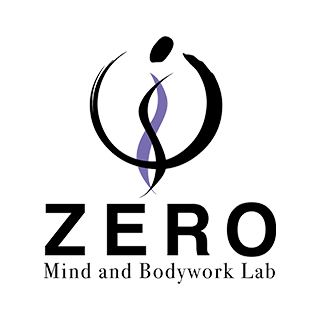Introduction
Hello, my name is Hidefumi Otsuka, and I offer Rolfing® sessions in Shibuya, Tokyo.

This year, for the first time in a decade, I am participating in the Advanced Rolfing® Training (AT) organized by the Japan Rolfing Association in Ichigaya, Tokyo. The instructors are Ray McCall and Hiroshi Tahata.
We’ve just finished Day 3 of Phase 2 (June 26, 2025), and are now entering Day 4. A defining feature of this training is that each participant offers three sessions: one with an external client and two with fellow trainees. The focus is on practicing hands-on techniques.
What Are We Learning in Phase 2?
On the first day, the 11 participants were divided into three groups to discuss the goals of Phase 2. The following priorities emerged:
- How to strategically design 3- or 5-session series for clients who have already completed the 10-session Rolfing series and want to go deeper.
- How to deepen our hands-on approach by revisiting techniques from the Basic Training.
- How to refine our evaluation methods and strengthen our understanding of session structure.
Personally, I want to examine how I use touch to approach the fascia—how to vary my use of pressure in sleeve (superficial) versus core (deep) sessions. This has been a key focus for me, and I hope to explore it further with guidance from both instructors.
In this post, I’d like to start with something that stood out to me on Day 3.
The Core Question: How Do We Relate to Clients?
In Rolfing sessions, what matters more than knowledge or technique is the attitude with which we engage the client. This question—“How do I relate to the client?”—also applies broadly to any helping relationship, including coaching and deep listening.
The changes that occur during a session are not merely the result of manipulating fascia. Rather, they emerge from the quality of relationship and the kind of space that is cultivated between practitioner and client. That space becomes the foundation for true transformation.
The Purpose of a Session Is Like a Dance
One participant described their session experience as “like a dance.” This was particularly memorable.
It was not something led by the client, nor by the practitioner—it was a mysterious, resonant movement they experienced together.
“It wasn’t me doing something, and it wasn’t Tahata-san either. It was like a wave that moved naturally between us.”
Ray explained that in such moments, the practitioner is not intervening or directing, but simply present—holding the space for change to emerge.
Neither Over-Involved nor Detached — The Neutral Way of Being
So how do we cultivate this sense of “being with” the client?
As we discussed many times in Phase 1, the key is neutrality. In our training, Ray described the ideal attitude as one of Kind Indifference.
In essence, this means:
- Not becoming overly entangled in the client’s experience
- And yet, remaining deeply present and attentive
This delicate balance is what opens the space for transformation.
Osteopath Jim Jealous once said:
“The process is none of your business. Observe, but do not become part of the story.”
In other words, the practitioner must witness without becoming entangled in the narrative.
A Plan Exists to Be Changed
Given this orientation, how should we structure a session?
This question goes beyond technical strategy—it touches on the very nature of relationship-building.
“We talk about the importance of having a plan, but when you test the body, the plan often becomes irrelevant.
So perhaps the purpose of a plan is to have something you can change when you encounter reality.”
In other words:
“A plan exists so that you have something to let go of when you meet reality.”
This insight reminds us that flexibility is essential in healing work. The moment we touch the client’s body, the original plan may no longer apply. The key is not to cling to our “rightness,” but to trust the direction the client’s body reveals.
Can You Follow Your Intuition? That Depends on Whether You Are Neutral
During sessions, you may feel that a certain part of the body is “calling” to you. I witnessed several such moments in Tahata’s demonstration on Day 2.
But how do we discern whether that sensation is reliable perception or just a projection?
“Whether you can trust that sense depends on whether you are in a neutral state,” Ray says.
When we are neutral, we can perceive those subtle inner signals. But when we are caught in our own thoughts or psychological complexes (in the Jungian sense), our intuition can become distorted.
Not Control, But Companionship
From this perspective, “engagement” in Rolfing is not about guiding or controlling the client. It’s about being with them.
- Without over-judging, but not indifferent
- Without over-intervening, but not abandoning
- Listening to the body’s voice and trusting the process
This is the posture of a companion walking beside the client—a stance that gives them the freedom to access their own process.
That is the kind of presence I want to embody in Phase 2, especially during practice sessions with fellow trainees and external clients.
Conclusion: It’s the Relationship That Heals
Rolfing is a manual therapy that works with fascia—but at its core, it’s also a relational process of integration. That’s why we must continuously examine our way of being during sessions: can we stay connected to our own center?
Tahata calls it HARA (the belly center), and Ray calls it neutrality—but ultimately, how we relate is not just a matter of technique, but of philosophy and presence.

